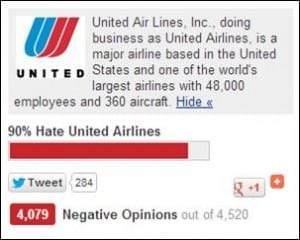Reflect: It’s over already!
It feels like just yesterday that I switched into Section 203 and thank goodness that I did!
This semester has been a remarkable experience and the course itself was great not only because we had one of the most passionate professors at Sauder, but also the amazing individuals I got to work with for the group assignments. To be brutally honest, I was somewhat skeptical about the majority decision to choose Caffe Artigiano as our company as it was small private company thus making information somewhat scarce. However, this challenge wasn’t as formidable once we got started and everything went pretty smoothly after that. The group worked really well together and we each used our individual strengths to contribute to our assignments. These assignments were also great because we had the chance to progress through different steps and then use them in our final video project assignment.

Some skills I enhanced were my research and writing abilities which had been somewhat slacking with the multitude of quantitative commerce courses this year. Additionally, I was able to develop the skills necessary to complete a marketing analysis which I think will be very useful going forward. Taking this analysis step by step provides a lot of crucial information about a company and its market and how it can be improved.
The only thing I would do differently next time is to participate more in class but that is linked with actually doing readings – which, I will admit, I wasn’t as on top of during the last half of the semester due to having a million things to do. Hope you can forgive me!
My top takeaways from this course was the fact that marketing plays a large role in our lives whether we know it or not. Having gained some basic insights, I feel more aware of the influence marketing has on different aspects of businesses and consumer life.
It has been a great year! Just have to pass the final now…


 Over the last few years, the dangers of plastic in landfills and in the environment have become more prominent and this publicity stunt’s main purpose was to protest “
Over the last few years, the dangers of plastic in landfills and in the environment have become more prominent and this publicity stunt’s main purpose was to protest “


